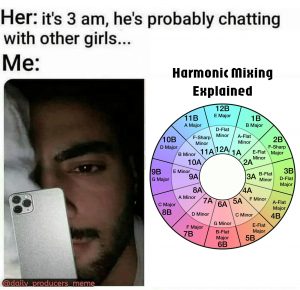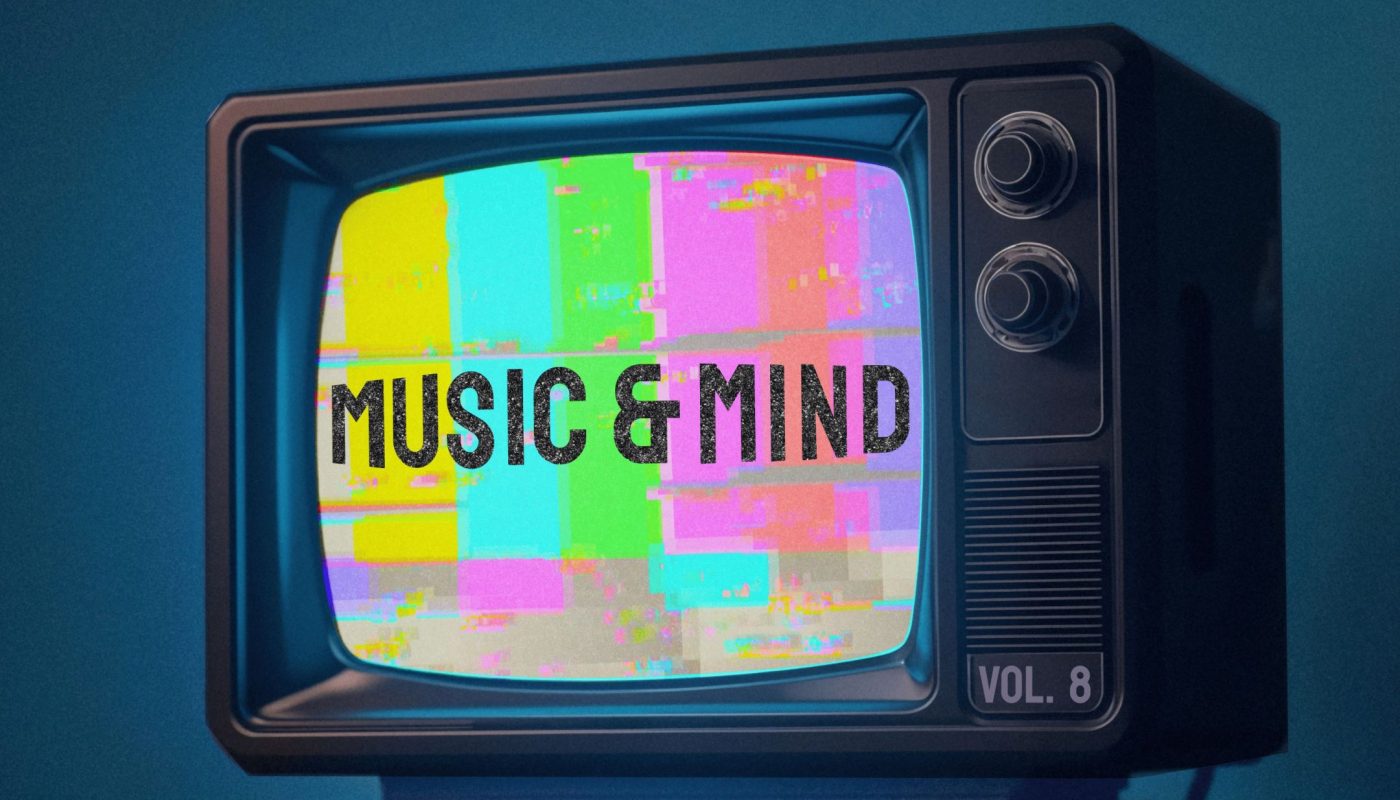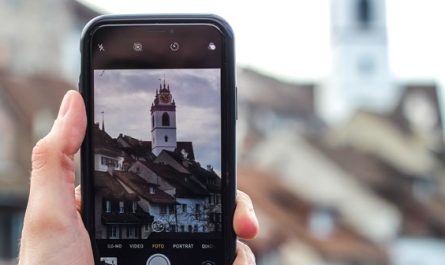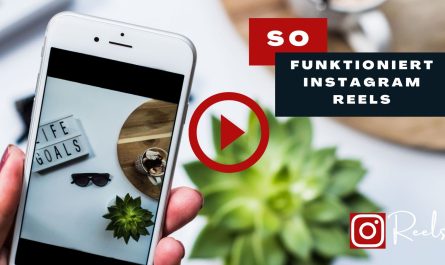Every time you get hyped, focused, or randomly start crying in your car because of a song, that’s your brain reacting to tempo, frequency, and key changes. You’re not just vibing. You’re being sonically engineered and it’s wild.
Welcome back to the last post of this semester. The era has come to an end, but I still have something very special for you. Consider it as a dessert time of our fine-dining experience at Music&Mind. Before we dive in into the text and flow of thoughts, I suggest you warm up and watch my collaboration with a Ukrainian sound producer – Silvix. Together, we are gonna make a breakcore beat live while also talking about implementing it in event management.
BPM Basics
BPM (Beats Per Minute) is literally how fast a song moves. It’s the tempo, the pulse, the internal caffeine level of a track.
- 60 – 90 BPM = Think slow jams, R&B, lo-fi chillhop, this is your brain’s “relax and vibe” tempo. Good for introspection, stretching, or pretending you’re the main character in an indie film.
- 100 – 120 BPM = The sweet spot. Most pop, hip-hop, and reggaeton lives here. It’s upbeat, but not aggressive. Your foot taps without permission. Your mood lifts. You text your ex “wyd?” without thinking.
- 125 – 140+ BPM = Now we’re cooking. This is peak dance floor energy – house, techno, trance, DnB. Your heart races. Your body moves. You either ascend to another dimension or lose a shoe.
DJs use BPM to guide the crowd’s energy. Start low to warm them up, then slowly raise it to get the room sweating. It’s musical foreplay.
Frequency & Mood
Frequencies are how sound travels. Low frequencies = bass and sub-bass. High frequencies = twinkly stuff like vocals, cymbals, and hi-hats.
- Low freqs hit you in the gut. They physically move you. It’s why a kick drum can feel like a punch in the chest (in a good way).
- High freqs activate alertness. Think of them as brain candy… Crisp, sharp, and good for focus.
There’s also this whole world called sound healing. Certain frequencies (like 432 Hz or 528 Hz) are used to reduce anxiety, boost mood, or supposedly “heal your cells.” Whether you’re into chakras or science, frequencies matter more than we give them credit for.
What Brings “Happy/Sad” Mood
The key of a song sets the emotional tone. Like, literally.
- Major keys are uplifting, bright, and emotionally sunny. Think feel-good pop, anthems, and that one Dua Lipa song that always works.
- Minor keys are moody, deep, and dramatic. Perfect for breakups, existential crises, or walking in the rain with no umbrella.
DJs use harmonic mixing (matching songs with compatible keys) so that transitions feel seamless, not chaotic. Ever feel like a set told a full-on story without saying a word? That’s keys working behind the scenes.
Knowing BPM, frequency, and key turns you from “person who likes music” into “person who controls the vibe.” Whether you’re building a playlist, crafting a DJ set, or just trying to get in the zone while working, these tools help you steer the emotional ship.
Music isn’t just sound – it’s psychology in a hoodie. And now, you’ve got the cheat codes.
I hope you took some of my thoughts into a consideration, so after the time we have been together, you know a little bit more of this fascinating world of music and events. Let me know in the comments if you would like to have more of it!!!
Here you can read my previous post (if you have not read it yet, I insist you do.)




